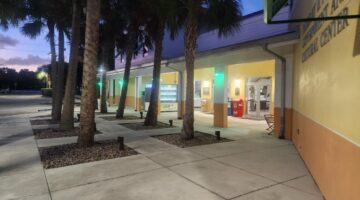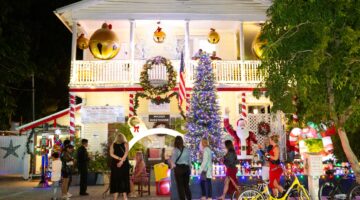Today we’re going to continue our discussion on Australian wine country which I started two weeks ago, but got side tracked when Pete Seghesio hit town, with a look at the Australian state of New South Wales. This is the northernmost wine growing region in Oz and, as such, is the warmest. Remember, those kooky Aussies are upside down, so, the further north you go, the closer to the equator you get.
New South Wales also happens to be the home to Sydney, Australia’s oldest and largest city and because of this; we could probably assume that this is their oldest wine growing region – right? Yep! Back in the early 1820’s, when Oz’s main raison d’être was to house England’s criminals; they started planting grapes in a little valley 75 miles north of Sydney. Today, the Hunter Valley is Australia’s second most important wine growing region after South Australia which we’ll talk about next week.
All of Australia’s major wineries got their start in the Hunter – Penfold’s, Lindeman’s, Tyrell’s and Rosemount were all early vintners here. It’s also home to some of Oz’s best and most expensive boutique wineries including Brokenwood and Lake’s Folly (if you can find them, buy them.)
The two major grapes of the area are chardonnay and shiraz, but the most interesting grape in this area is what’s called the ugly duckling of grapes – semillon. This is a white grape that grows all over Oz, as well as France and any number of other countries, but in the Hunter, well, let’s just says that magic happens, if you’re patient enough to let it.
In the Hunter, for some reason, this grape takes on characteristics that occur nowhere else. It’s called the ugly duckling wine because when it’s first bottled, it’s a pleasant dry white wine that’s enjoyable, but give it 5 to 10 years (or more) of bottle age and it evolves into a gorgeous nutty, buttery, honeyed dry white that tastes like nothing else. When I was living there, back in the early ‘90’s, we went to a little restaurant outside of Sydney that was known as much for it’s wine cellar as for it’s food.
My boss, and his expense account, was in town and he decided to order a 30 year old Tyrell’s Semillon. It was magical; I still have yet to taste anything that was comparable. In the States, you can occasionally find semillon from Brokenwood or Tim Adams that will give you this same experience, if you can just hold on to it long enough to let it blossom (don’t let me see it.)
The second most important region in New South Wales is Mudgee (ya gotta love these names.) This area is 60 miles to the west, on the other side of the Great Dividing Range from the Hunter. As such, there is less of a maritime influence and the days are even hotter and the nights cooler.
This is a great place for cabernets in New South Wales and the chards from here are excellent as well. Rosemount started an entire line of entry-level priced wines from Mudgee a few of years ago and, while far from Mudgee’s best, they’re a good example of what this region can produce.
The next region is Orange and this is one of the newer regions in the country. Still primarily filled with fruit orchards, quickly it is giving way to the vines. Probably the biggest occurrence here was a couple of years ago when Phillip Shaw, twice international winemaker of the year, opened a winery in Orange. His Koomooloo Vineyard (I’m not making these names up) pretty much put the stamp of approval on the area.
The grapes in this area include chard, cab, and merlot and cab franc; but, probably the most exciting is sauvignon Blanc. Orange is the highest vineyard elevation in the country and the sauv Blancs produced seem to bridge the gap between New Zealand and France. Keep an eye out for Logan Vineyards and Shaw’s sauv Blanc.
The final up-an-coming region in New South Wales is Cowra (these names do not come from the Aussie’s propensity to consume mass quantities of alcohol, they’re Aboriginal.) First planted in ’73, the region is almost entirely planted in chardonnay. But to give you an idea as to how good a chardonnay can be made here, existing wineries Broken wood and Roth bury have vineyards here, as well as around forty wineries that have set up shop in the region.
Right now, I’m going to tell you that it’s not going to be easy to find GOOD Australian wines in the States. A few years ago, they were everywhere, but then the Aussie dollar went through the roof, making the wines more expensive here and all winemaking in Oz went through a shakeup/out. Now, however, the exchange rate is back to historic levels and the lay of the land is coming into clearer focus. The Aussies are coming back. Get ready and enjoy it. So, that’s New South Wales. Next week we’ll take a look at South Australia.
That’s it for this week, so until next time, wine a bit you’ll feel better!
[livemarket market_name="KONK Life LiveMarket" limit=3 category=“” show_signup=0 show_more=0]









No Comment